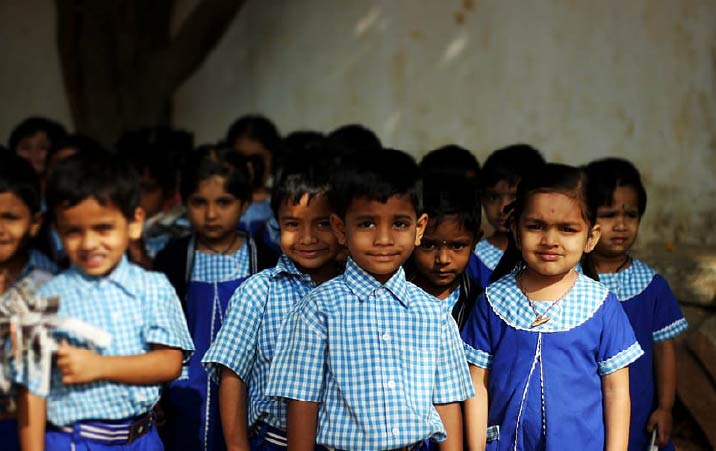India’s first post-Covid-19 Budget 2021 presented by Finance Minister Nirmala Sitharaman was momentous in more ways than one. It was the first one to be digitally presented on a tablet, paving the way for several announcements in the way of digitization across sectors.
The Budget focused on six key pillars namely, health and wellbeing, infrastructure, inclusive development, development of human capital, R&D, and minimum government, maximum governance, with these sectors seeing maximum announcements.
The education sector was allotted Rs 93,224 crore for 2021, with Rs 54,873 crore for school education and literacy and Rs 38,350 crore for the higher education sector. At 600 million, Indian youth comprise over half the population and the sheer number of announcements in the education sector underlined its importance in shaping the future of the nation.
NEP and primary education reforms
The National Education Policy (NEP), which was announced last year, was given added impetus in the Budget with over 15,000 schools being qualitatively strengthened under the NEP to become exemplar schools, which can then mentor other schools. This move has the potential to set the foundation for the new-age education system of the 21st century by institutionalizing e-learning and blended learning in these schools through a partnership with EdTech, which will further enable widespread digitization of the education sector.
This will also benefit children in rural areas whose education has been disrupted due to the forced shuttering of schools in the pandemic year. This an excellent start towards a more holistic education approach.
The 100 new Sainik (army) schools in partnership with NGOs, states, and private schools along with 750-plus modern Eklavya mission schools for SC/ST students in tribal areas, is a welcome move to boost education amongst the underprivileged while bolstering private-public partnership. Moreover, the National Language Translation Mission (NTLM) will make education accessible to all, bypassing language barriers.
The greater impetus to teacher training
In recognition of the growing importance of digitization post the pandemic, a National Digital Educational Architecture (NDEAR) will not only support teaching and enhance blended, experiential, and immersive learning. Additionally, but this will also help in educational planning, governance and administrative activities of state governments.
Despite the Covid-19 pandemic, more than 30 lakh elementary school teachers were trained digitally. Taking this further, the budget has paved the way to train 56 lakh school-teachers through the National Initiative for School Heads and Teachers for Holistic Advancement (NISTHA) in 2021-22.
The National Professional Standards for Teachers (NPST) is yet another new initiative aimed at enhancing the capabilities of teachers of public and private schools in the country.
Moreover, the 45 percent increase in budgetary allocation towards e-learning and the launch of the new PM e-Vidya scheme to provide multi-modal access to education for teachers and students is laudable as this is a small step towards India becoming a knowledge superpower. will also encourage vocational and professional skills training for the youth with a mixture of e-learning and skill-building. Setting up a Central University in Leh, Ladakh is also a commendable step toward making higher education available to students in the hinterlands, thus, reducing the education gap.
Upskilling and R&D
In an encouraging move, the Training Inter Training Programme (TITP) with Japan to facilitate the transfer of Japanese technique and industrial and vocational skills will enhance learning, skilling and training, while boosting India’s technology prowess. Similarly, the collaboration with UAE is a significant step as it will set the criteria for skill qualifications, assessment and certification while providing more opportunities for the youth.
Towards an Atmanirbhar education system
Education is the foundation of the economy and the Finance Minister has rightly focused on effective implementation of National Education Policy (NEP), Research & Development and upskilling.
The initiatives announced in the Budget will help streamline the education scenario. Keeping in mind India’s USD 5 trillion vision by 2025, the initiatives towards skill-building through the National Apprenticeship Act, partnerships with Japan and the UAE and increased funding to the NRF will go a long way.
All these educational reforms in Budget 2021 will no doubt bring about a deeper transformational shift and help accomplish the objectives of an inclusive and Atmanirbhar education system.
Courtesy- INDIA TODAY








